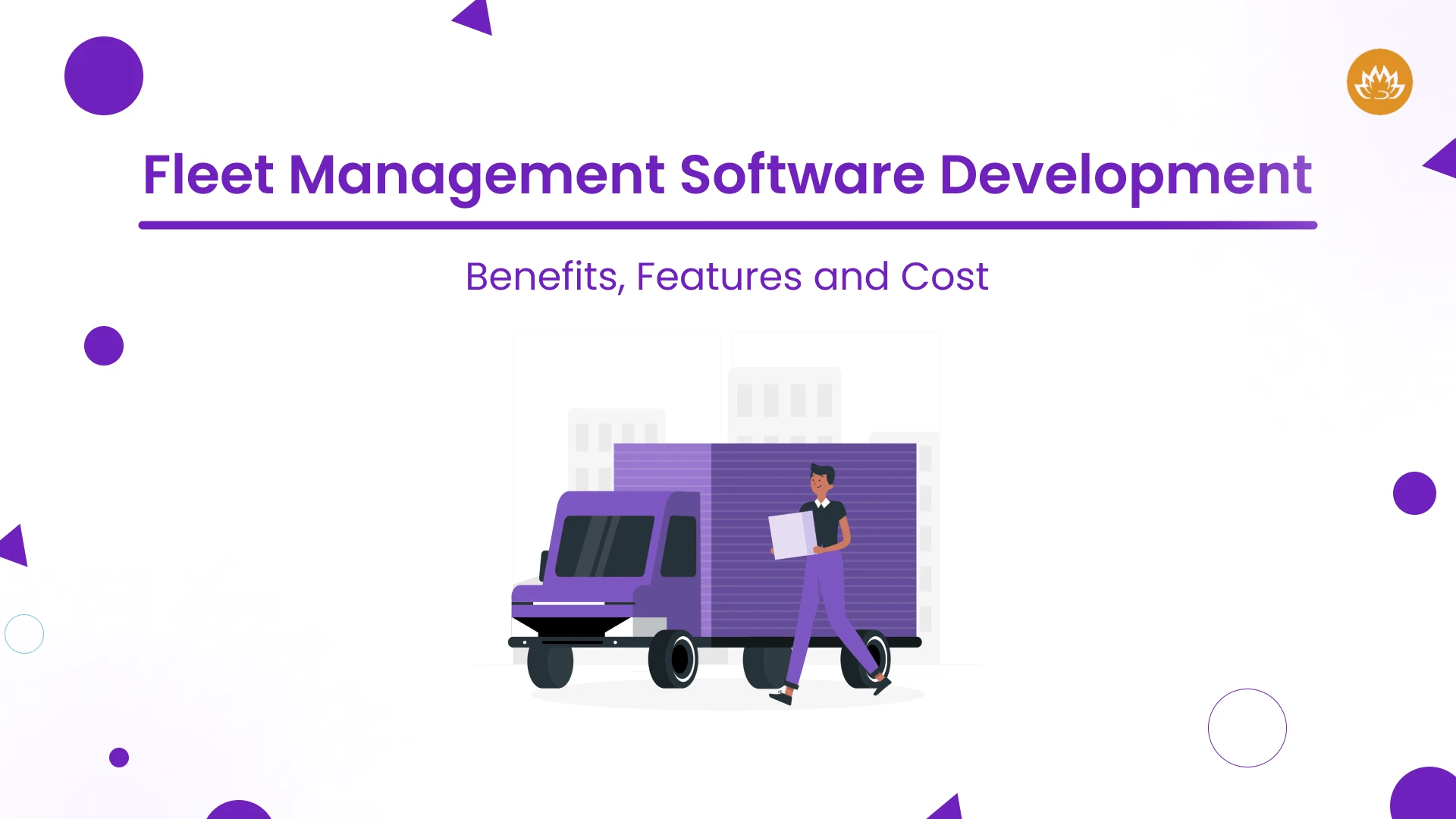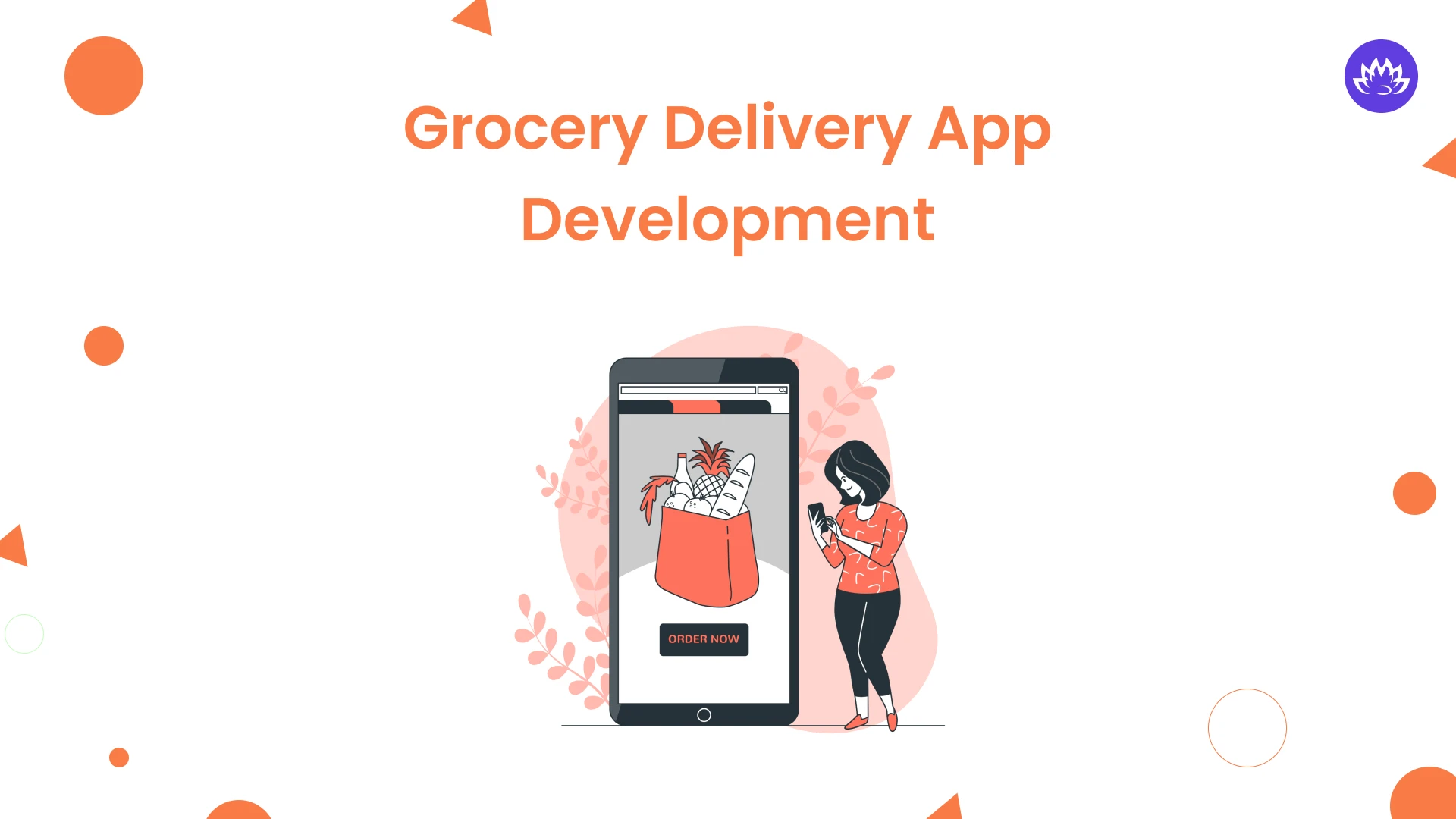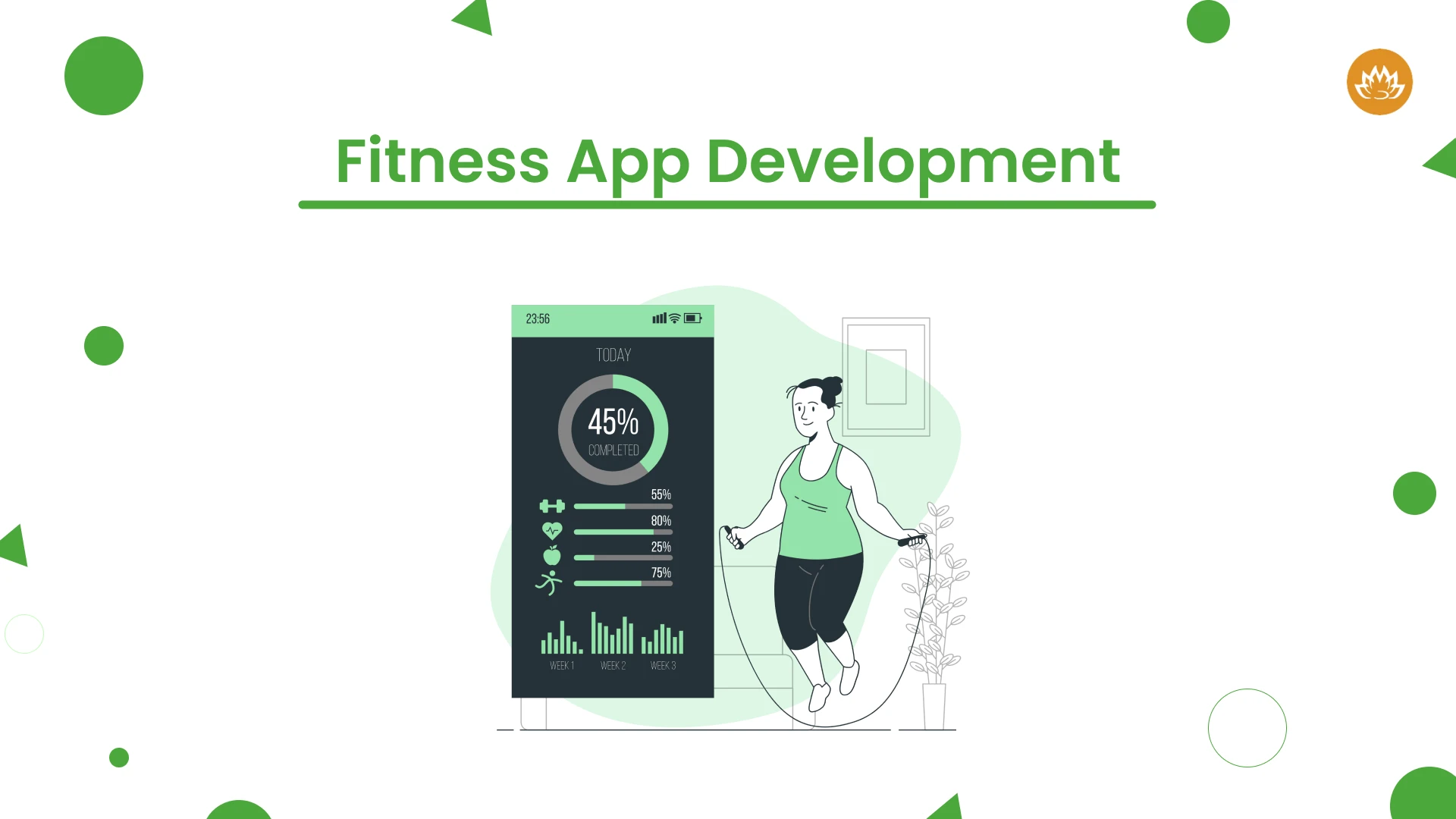As food delivery services have grown increasingly competitive in recent years, businesses must provide users with an intuitive app experience in order to compete in this space. To meet this need, food delivery app development companies have become popular as they specialize in building customized apps specifically for restaurants and delivery services.
Developing a food delivery app requires careful thought and execution. From features such as real-time tracking and payment integration to selecting an optimal tech stack and choosing an estimated development cost estimate – each aspect plays a pivotal role in its ultimate success.
In this post, we explore essential features, estimated development cost estimates and recommended technology stack options that make developing such apps possible – whether you are an existing restaurant owner looking for entry or are venturing into this sector, this information will assist with making informed decisions that meet customer demands more successfully than competitors in your market segment!
Rise of Food Delivery Apps
Food delivery apps have revolutionized how people order and enjoy meals. Thanks to smartphones and their convenience, these applications are quickly becoming an everyday must-have – thus driving up demand for development companies specializing in this space.
Food delivery apps have quickly become an invaluable asset to restaurants and food businesses looking to reach more customers and boost revenues. By working with an application development company, businesses can create custom apps or join existing platforms so their services and offerings reach a broader market.
Food delivery industry competition can be fierce, making a functional app critical for success. Food delivery application development companies play a vital role in keeping businesses ahead of competitors by meeting customer preferences for ordering directly through smartphones.
Essential features of a food delivery app
In a highly competitive food delivery app market, it is important that your app has certain essential features to stand out: Few of them are given below:
- Register and Login:
Food delivery apps should include an easy user registration and login system that enables their customers to register an account and securely login into the application. By having their own profile, users can save personal details, delivery addresses and payment info into one secure repository, making ordering faster and simpler than ever!
- Menu Browsing and Ordering:
Food delivery apps rely heavily on their menu browsing and ordering system to give their users an intuitive ordering experience. Users should easily be able to navigate between restaurants and cuisines, browse menus with prices and descriptions, add items directly into their cart and customize with extra toppings or cooking preferences if available.
- Real-Time Order Tracking:
One of the key components of any food delivery app should be real-time order tracking for users to monitor from when their orders are submitted until their arrival at their doorsteps – this provides transparency and peace of mind, so users know when their food will arrive.
- Payout Options:
Food delivery apps must offer multiple payment options in order to appeal to a wide range of users, such as credit/debit card payments, digital wallets and cash on delivery. By providing different payment methods, users can enjoy convenience and flexibility through this payment solution.
- Ratings and Reviews:
A food delivery app must also feature a ratings and reviews system to enable users to provide feedback about their dining experiences, helping other users make informed choices. Ideally, each restaurant’s average ratings should also be displayed so users can select suitable restaurants based on previous users’ experiences.
- Push Notifications:
A food delivery app needs push notification capabilities in order to engage and inform its users effectively. Push notifications allow apps to notify customers about order confirmation, status updates, promotions or special offers immediately through push messages – further increasing user satisfaction while keeping customers coming back for more. Push notifications help create a great user experience and keep visitors returning back again and again to use your food delivery app!
Cost factors in food delivery app development
Below are the cost factors involved in food delivery app development:
- App Features: The features and functionalities of the app will greatly impact the cost. Basic features such as user registration, menu browsing, and order placement are essential and relatively simple to develop. However, if you want to include advanced features like real-time order tracking, push notifications, payment integration, loyalty programs, and customer reviews, the cost will increase accordingly.
- Platform: The choice of platform – iOS, Android, or both – will also affect the cost. Developing an app for both platforms will require more time and effort, thus increasing the overall cost. It’s important to consider your target audience and their preferred platform before making a decision.
- Design and User Experience: The design of the app plays a crucial role in attracting and retaining users. A well-designed and user-friendly interface will enhance the overall user experience. However, creating a visually appealing design and implementing smooth navigation can be time-consuming and may require additional resources, thus increasing the cost.
- Backend Development: The backend development involves setting up servers, databases, and APIs and integrating third-party services like payment gateways and SMS notifications. The complexity of the backend infrastructure will impact the cost. Additionally, if you plan to scale your app in the future to handle a large user base, the backend development needs to be robust and scalable, which may increase the cost.
- Integration with Restaurants: A food delivery app needs to integrate with various restaurants and their systems to fetch menus, process orders, and manage inventory. The complexity of integrating with multiple restaurants and ensuring seamless communication can add to the development cost.
Tech-stack for food delivery app development
Below are several technologies and frameworks commonly utilized when developing food delivery app development:
- Front-End Development:For user interface and user experience (UI/UX) design, popular frameworks like React Native, Angular or Flutter provide cross-platform development platforms which ensure compatibility across devices and operating systems.
- Back-End Development:When it comes to back-end development, different technologies may be utilized. Node.js is often chosen due to its ability to scale and handle numerous concurrent requests simultaneously. Other alternatives could include Python using frameworks like Django or Flask as well as Ruby on Rails, which facilitate rapid development processes.
- Database Administration:Relying on an effective database administration system is integral for efficiently storing and retrieving information efficiently. MySQL or PostgreSQL are often chosen for relational databases, while MongoDB or Firebase offer flexible NoSQL databases with superior flexibility and scalability.
- Payment Integration:Integrating secure payment gateways is integral for food delivery apps. Common options such as Stripe, PayPal and Braintree ensure secure processing and seamless user transactions, ensuring a positive transaction experience for end-users.
Pokii Eatery
Pokii Eatery by WhiteLotus Corporation stands out as an exceptional food ordering and delivery app designed for seamless user experiences when purchasing from Pokii Eatery’s diverse menu of poke bowls, Hawaiian BBQ meats and more dishes.
Final Thoughts
At its core, developing a food delivery app requires careful consideration of various features, costs and an appropriate tech stack. User-friendly interfaces, real-time tracking capabilities, secure payment gateways and customer reviews are essential features that drive success, while the cost of mobile app development depends on factors like complexity and customization Hiring an established food delivery app developer in India like Whitelotus Corporation can ensure an efficient development process which results in high-quality applications that thrive successfully on their platform.
Author
-

Kirtan is CEO of Whitelotus Corporation, an emerging tech agency aimed to empower startups and enterprises around the world by its digital software solutions such as mobile and web applications. As a CEO, he plays key role in business development by bringing innovation through latest technical service offering, creating various strategic partnerships, and help build company's global reputation by delivering excellence to customers.
View all posts













